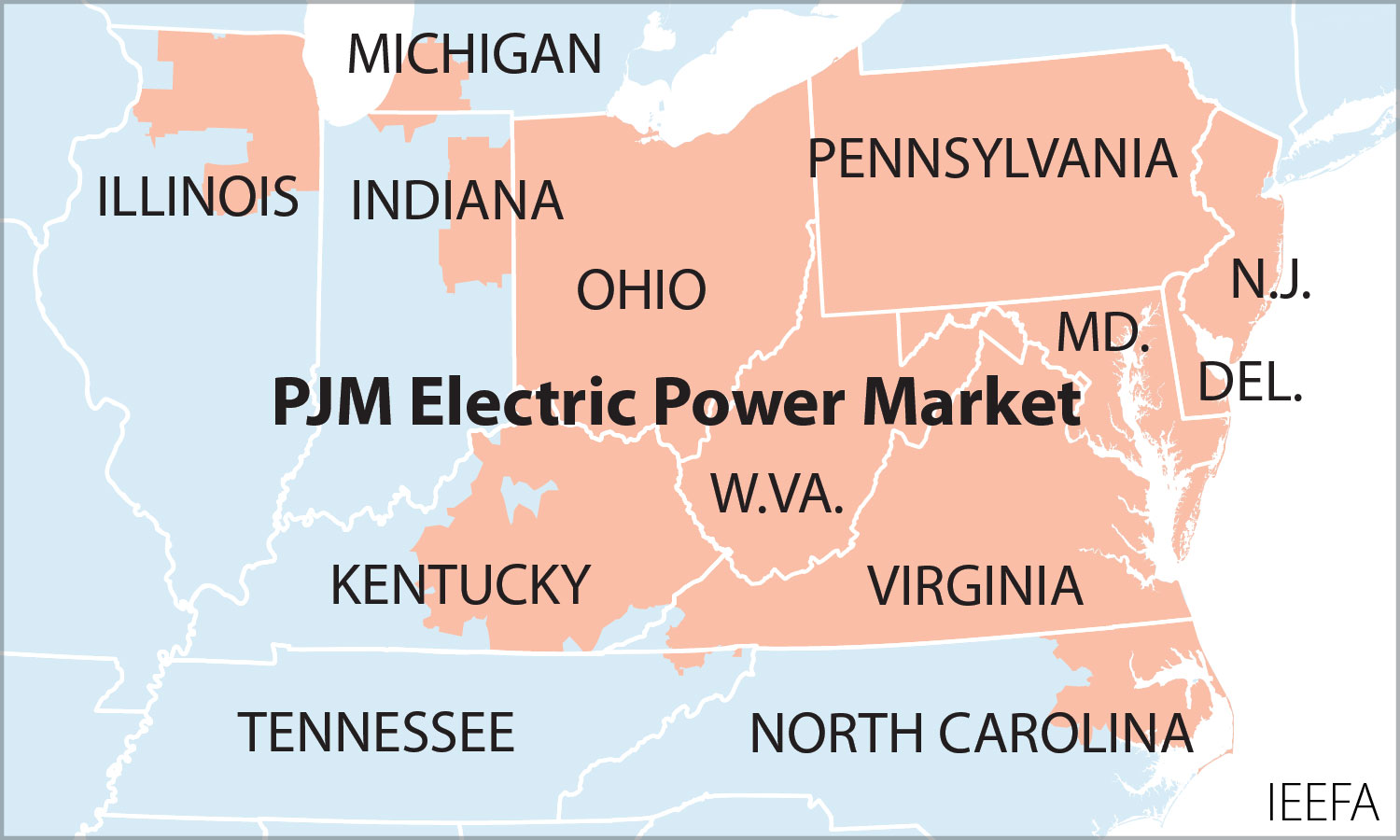IEEFA U.S.: Private equity reshapes nation’s largest power market, leaving communities at risk

PE ownership heightens local economic and employment uncertainties
Key Takeaways:
Risks are on the rise for communities in the PJM power market that host fossil fuel plants, as they face the increasing possibility of rapid plant closures and the economic dislocations that inevitably follow.
These growing risks for communities are a direct outcome of the increasingly challenging financial landscape and competitive power markets faced by plant owners, project developers and investors.
The economic disruptions caused by the Knighthead group’s sudden closure of Homer City should be seen as a harbinger of future dislocations, especially in places that host PJM’s aging coal-fired generation capacity.
Indiana County officials need to learn from Homer City to prevent a repeat with the Keystone and Conemaugh plants, particularly by utilizing new federal resources available through the IRA to help ease the shift.
Over the last decade, private equity (PE) investment has reshaped PJM, the nation’s largest power market, according to a new report from the Institute for Energy Economics and Financial Analysis (IEEFA).
A key part of this transition has been the sharp increase in generation capacity owned or controlled by PE and other private capital; these firms now own roughly 60% of all the fossil fuel generation in PJM. PJM delivers electricity to all or parts of 13 states, including Ohio, Pennsylvania, West Virginia, New Jersey, Maryland, and Virginia, as well as the District of Columbia.
This report, the third of three examining PJM, highlights the risks to towns and communities that host these PE-owned generation resources. Because PE and private capital are largely free from financial oversight and less susceptible to public pressure, these ownership groups can decide on short notice to close a facility if the economics no longer work, leaving unprepared communities to face significant economic dislocations from job and tax losses.
“Communities that host the region’s aging coal-fired power plants are particularly at risk, with job and tax losses occurring already,” said Dennis Wamsted, IEEFA energy analyst and author of the report. “The transition away from fossil fuel generation resources is under way. Local and state leaders need to be planning now for those plants’ closures.”
The closure of the Homer City coal plant in Pennsylvania earlier this year is a good example of the economic threats facing local leaders, whose communities have long benefitted from the jobs, taxes and other financial support from power plants within their boundaries. The PE owners of that plant gave just 90 days’ notice before shuttering the facility.
Similar risks are growing quickly across the region, particularly in those areas where the plants are owned by private equity firms. These PE-owned coal-fired units are being challenged economically by new gas-fired and renewable generation and environmentally by tightening emissions standards for a range of pollutants.
The transition will not be easy, but the process will be much less disruptive if officials tackle the issue head on. One key benefit for local leaders willing to look ahead is that there are significant new federal resources available through the Inflation Reduction Act to help ease the shift.
Today’s report, on the risk to communities, is the final in a series of three. The first two reports, Private equity in PJM: Growing financial risks and Private equity in PJM: New risks for limited partners, private capital examined the rising risks facing PE and other private firms from market changes in PJM, and the growing financial risks for state pension funds and corporate retirement plans that have large holdings in PE firms invested in the PJM market.











